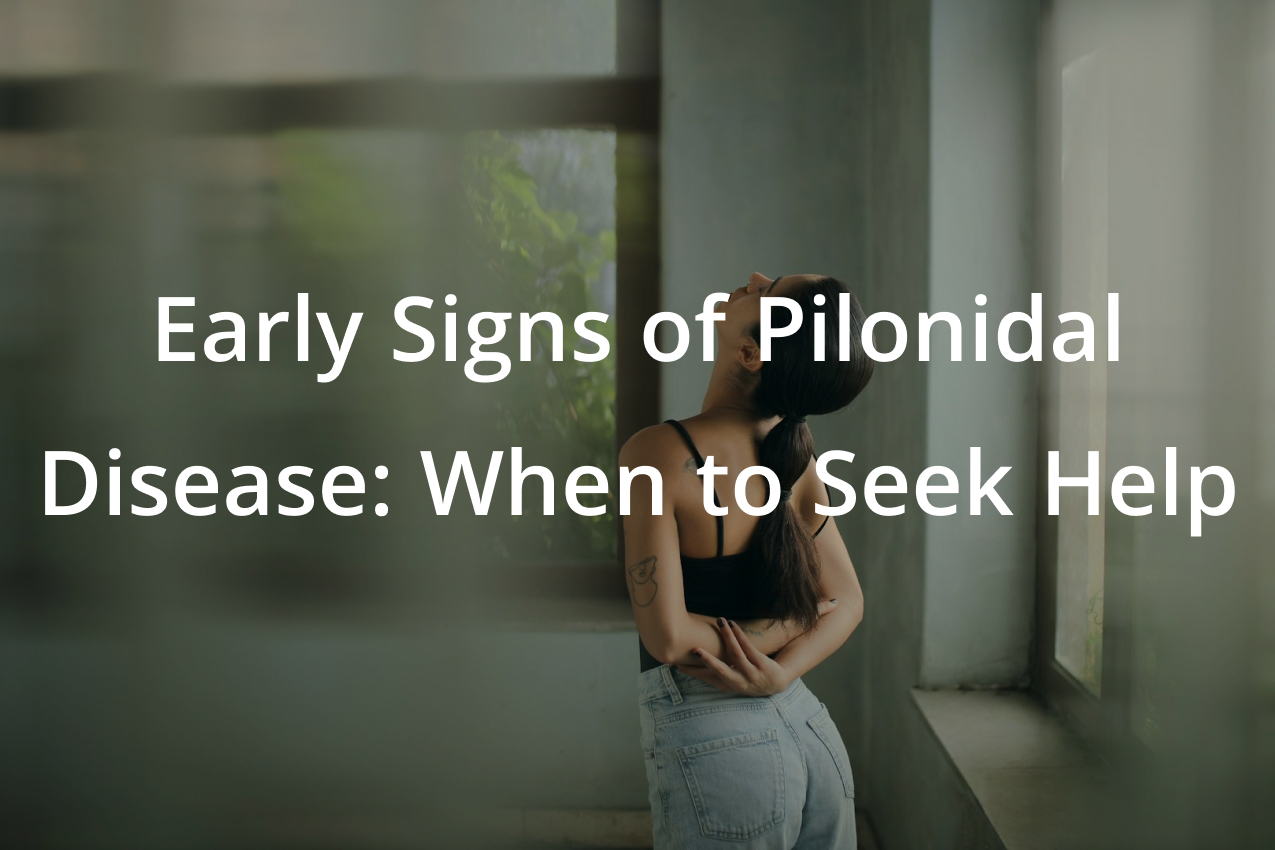Sep 16,2024
Early Signs of Pilonidal Disease: When to Seek Help
Pilonidal disease is a common condition characterized by the presence of a cyst or abscess near or on the natal cleft of the buttocks that often contains hair and skin debris. Detecting pilonidal disease early can be crucial for effective treatment and prevention of severe complications. Dr. Som, a board-certified plastic surgeon, provides a comprehensive overview of the early signs of pilonidal disease and advises when to seek medical help.
Understanding Pilonidal Disease
Pilonidal disease typically affects young adults and is more common in men than in women. It is often associated with sedentary lifestyles and can be exacerbated by factors such as excessive sitting, poor hygiene, or friction from clothing. Early detection and treatment are crucial to managing symptoms and preventing progression to more severe infections or chronic conditions.
Early Signs of Pilonidal Disease
1. Pain at the Base of the Spine:
- One of the first signs of pilonidal disease is discomfort or pain near the tailbone. This pain may worsen when sitting or standing for long periods and is often the initial indicator that prompts individuals to seek medical attention.
2. Small Pimple-like Lesion:
- The appearance of small, pimple-like bumps near the crease of the buttocks can be an early symptom. These may look harmless initially but can quickly turn into a painful abscess.
3. Redness and Swelling:
- As the infection begins to take hold, noticeable redness and swelling in the area above the buttocks are common. The affected area may feel tender to the touch and warmer than the surrounding skin.
4. Drainage of Pus or Blood:
- If the cyst becomes infected, it may begin to drain pus or blood. This drainage can have an unpleasant odor and is a clear sign that the cyst has become an abscess needing medical treatment.
5. Hair Protruding from the Lesion:
- In some cases, hair protruding from the lesion can be visible. This is a distinguishing feature of pilonidal cysts.
When to Seek Medical Help
Immediate Consultation:
- Any signs of infection, such as fever, increasing pain, redness, and drainage, should prompt an immediate consultation with a healthcare provider. Early medical intervention can prevent the progression of a more serious infection.
Regular Monitoring:
- Individuals who notice recurrent symptoms or who are at high risk due to lifestyle or family history should monitor the area regularly and consult a healthcare provider if symptoms reappear.
Preventive Measures and Early Treatment
Lifestyle Adjustments:
- Making lifestyle changes such as improving hygiene, avoiding prolonged sitting, and maintaining a healthy weight can help manage and prevent pilonidal disease.
Surgical and Non-Surgical Treatments:
- Various treatment options range from antibiotic therapy for mild infections to surgical procedures for more severe cases. Early treatment typically results in better outcomes and may prevent the need for surgery.
Conclusion
Recognizing the early signs of pilonidal disease and seeking prompt medical advice are crucial steps in managing this uncomfortable and potentially severe condition. If you or someone you know is experiencing any symptoms of pilonidal disease, it’s important to consult a healthcare professional like Dr. Som, who can provide expert care and treatment options.
For more information on pilonidal disease and its management, contact us to schedule a consultation with Dr. Som today. Our team is dedicated to providing you the care you need to manage your condition effectively. Don’t hesitate to reach out for a comprehensive evaluation and to discuss the best treatment path for your needs.
